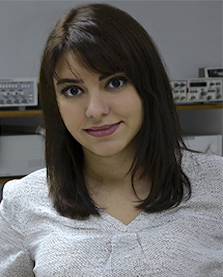
Equivariant resolutions of some squarefree monomial ideals
Federico Galetto — Cleveland State University
Free resolutions are algebraic constructs that encode interesting invariants, called Betti numbers, of rings, ideals, and modules. Under mild assumptions, a group action on the object being resolved lifts to its resolutions, which enables the use of representation theory to describe resolutions. I will illustrate these concepts using the ideal generated by all squarefree monomials of a given degree as an example, and show how representation theory leads to a nice combinatorial description of Betti numbers.
Link: http://: https://clemson.zoom.us/j/98217715119?pwd=a1hNY2NTN0lNRzNUOWJDMlBnU2M4dz09




